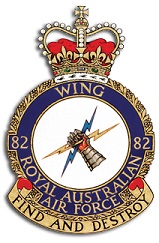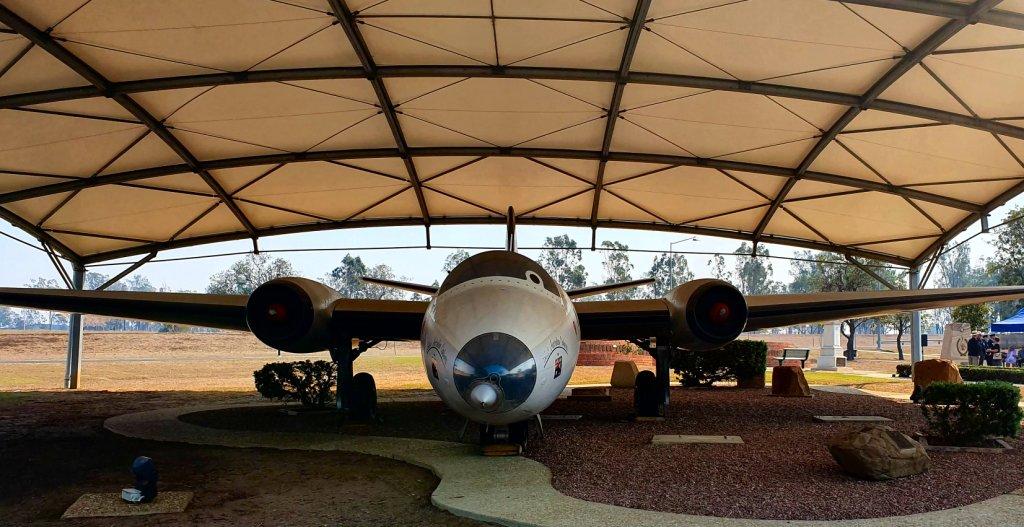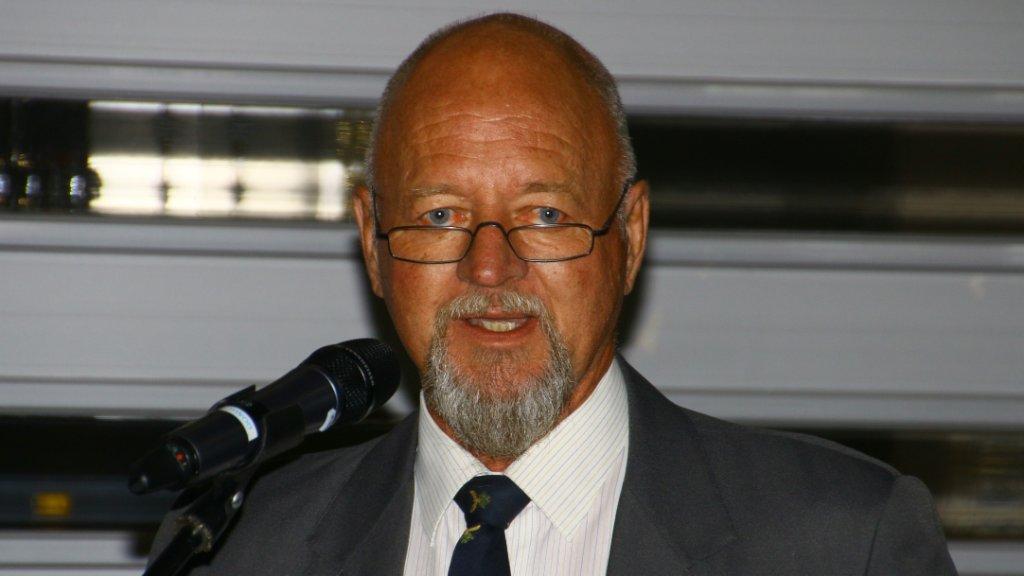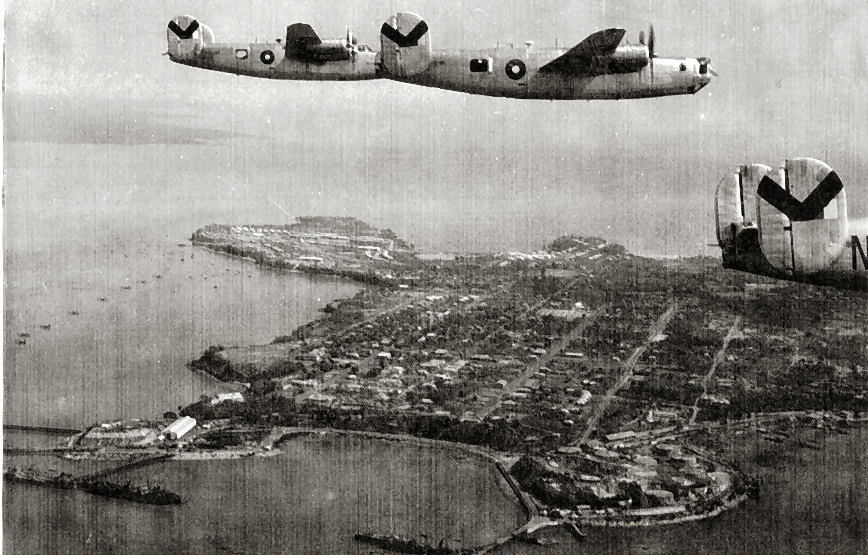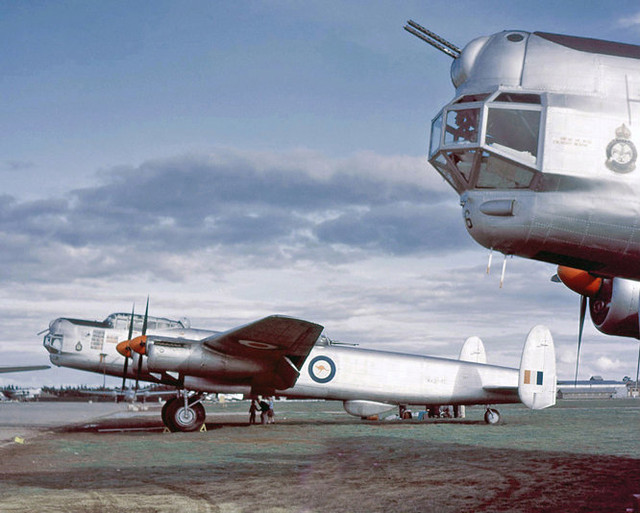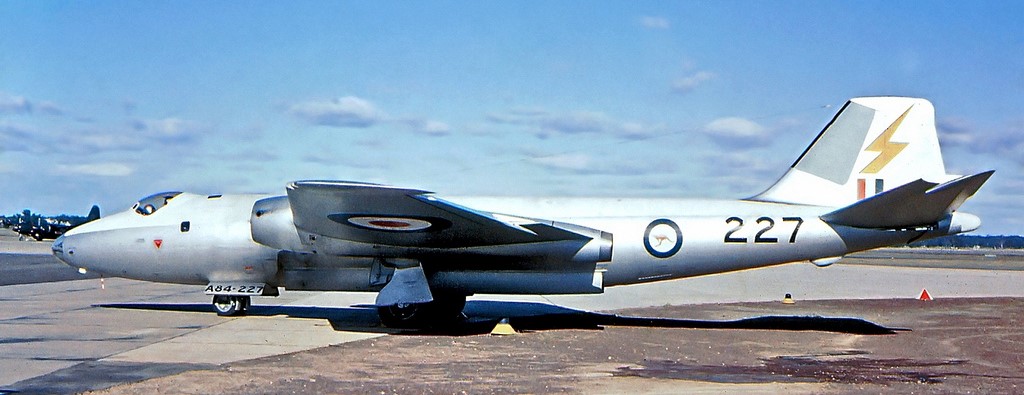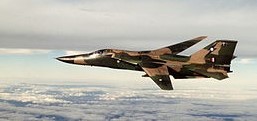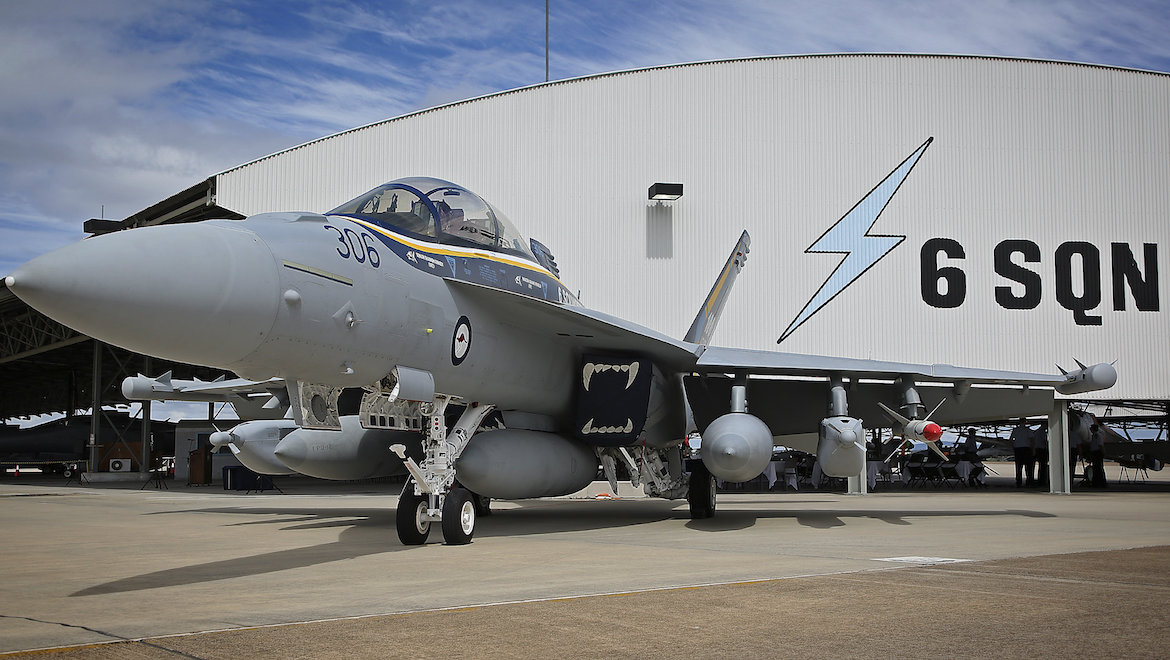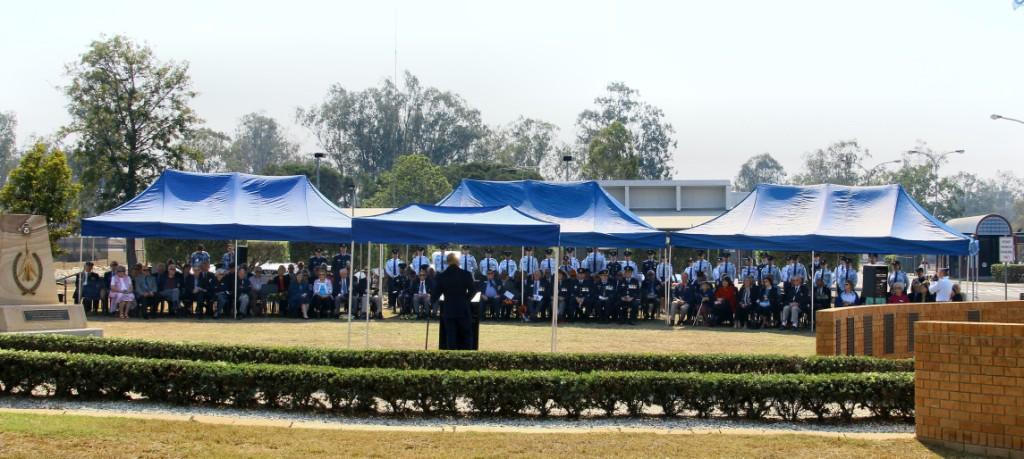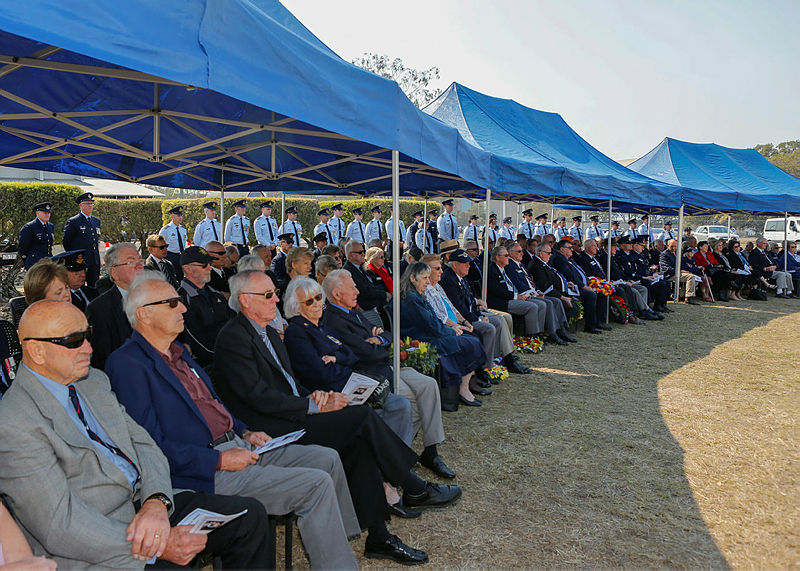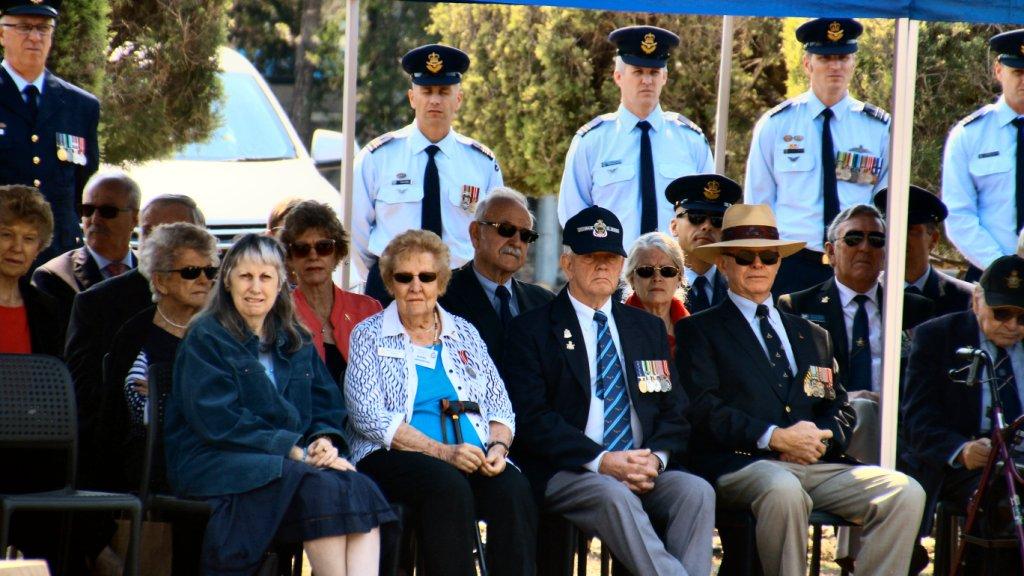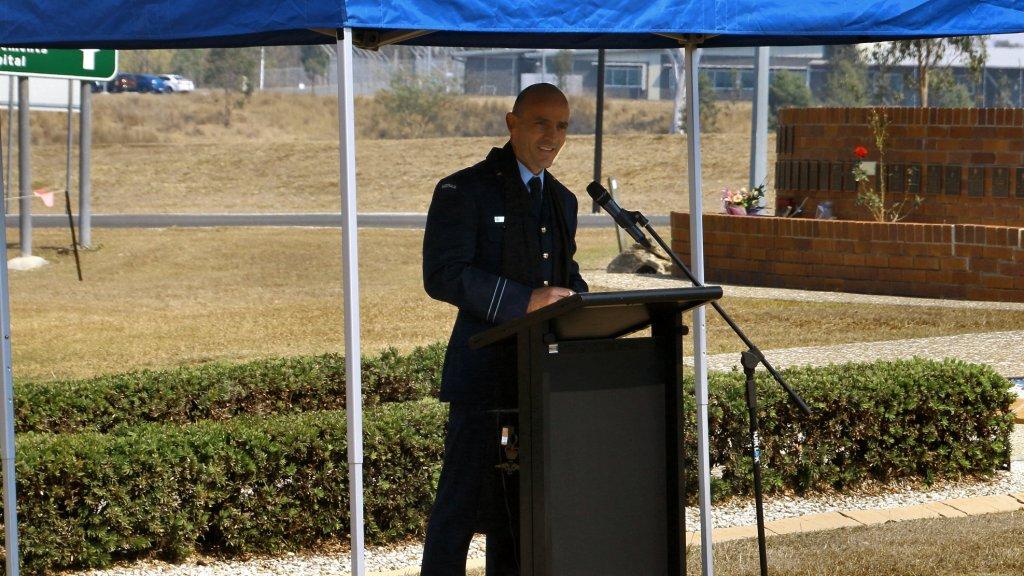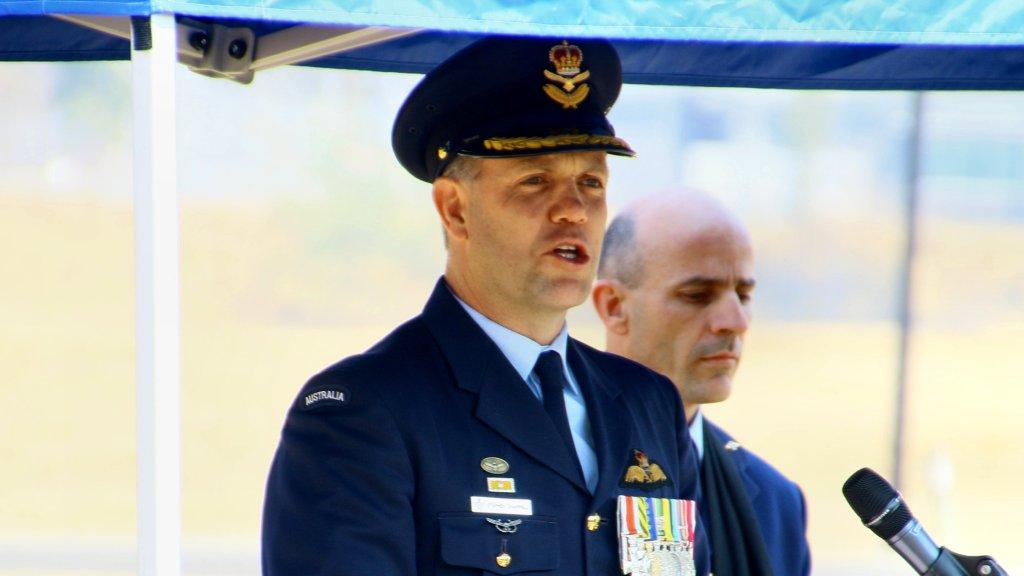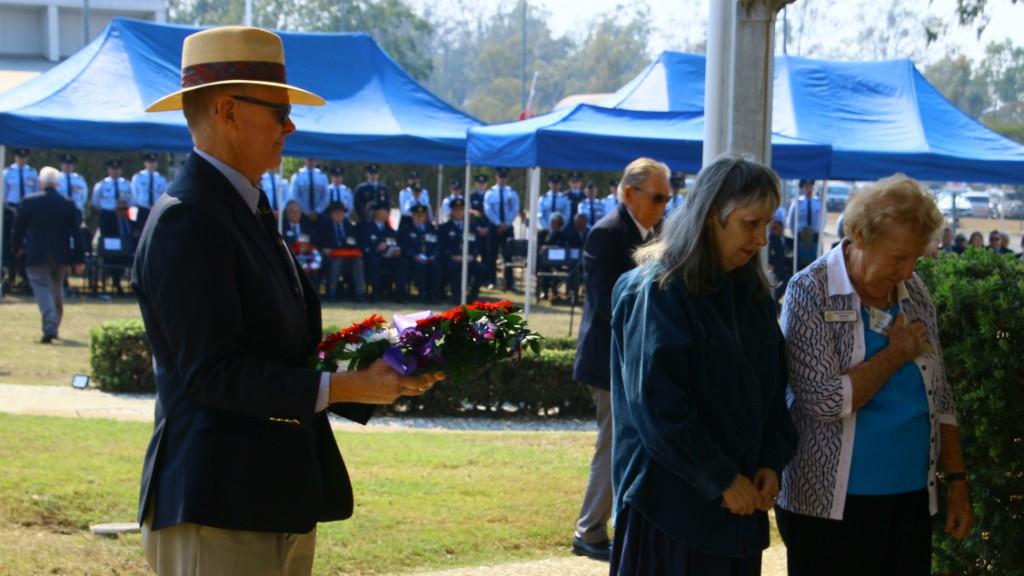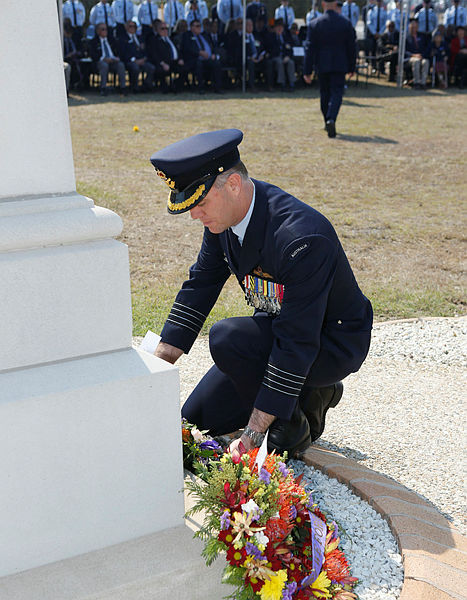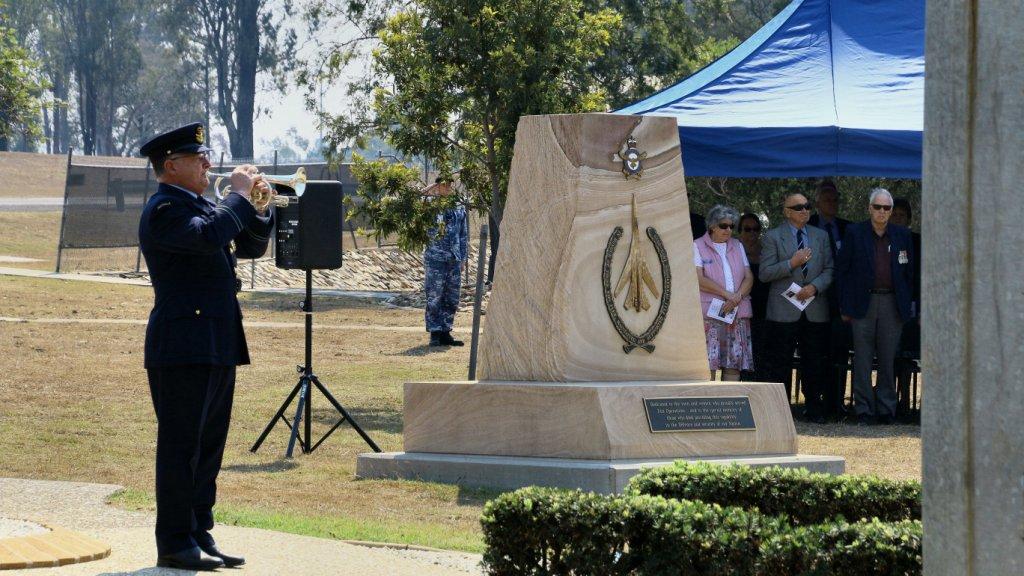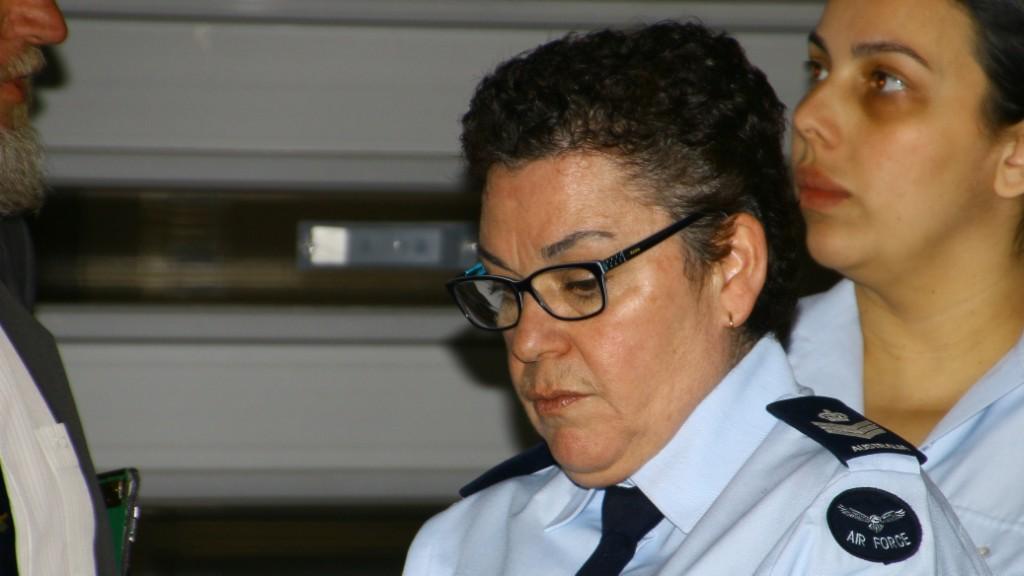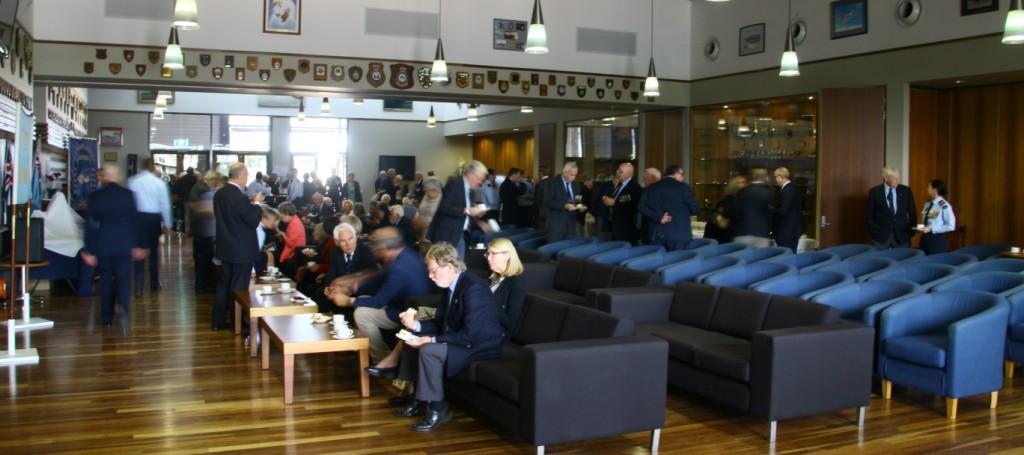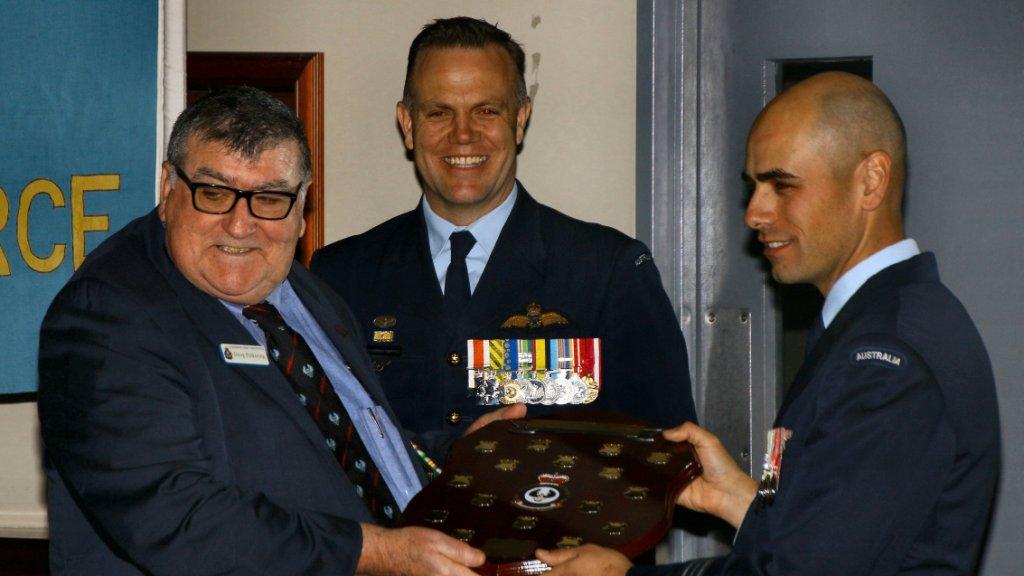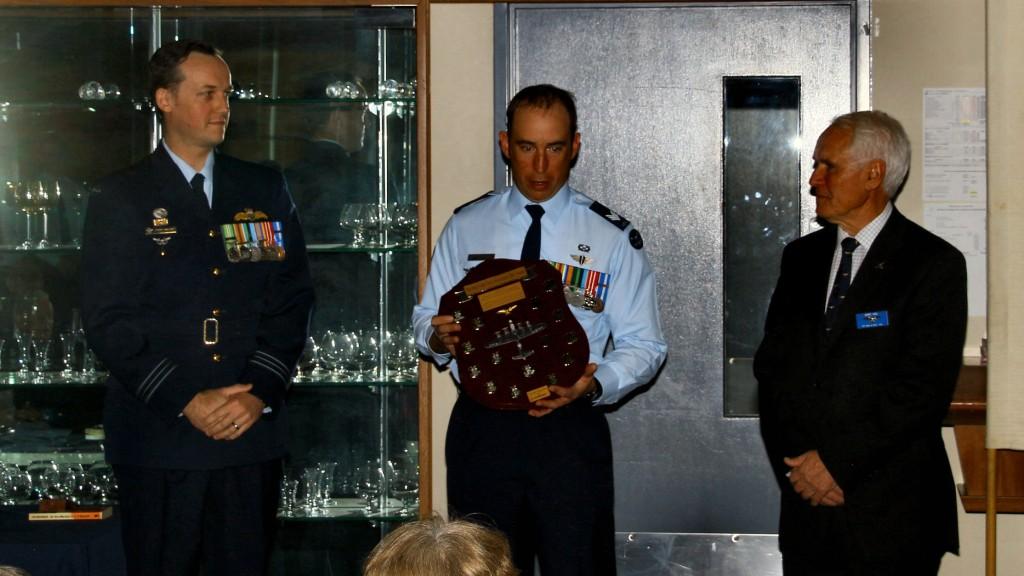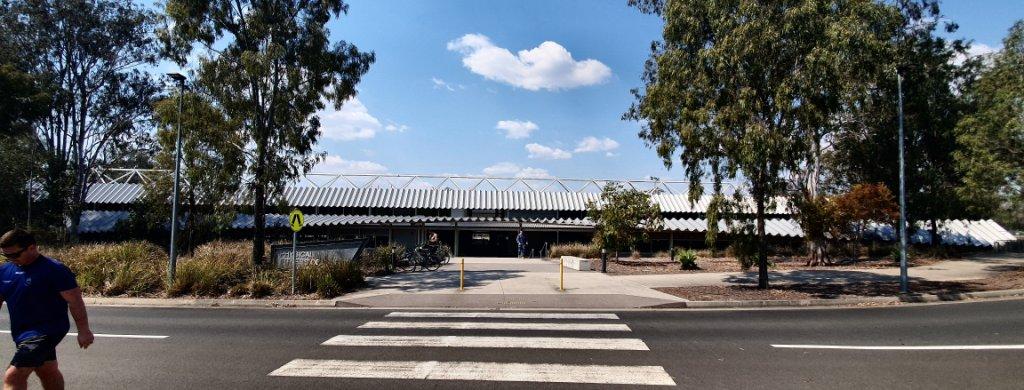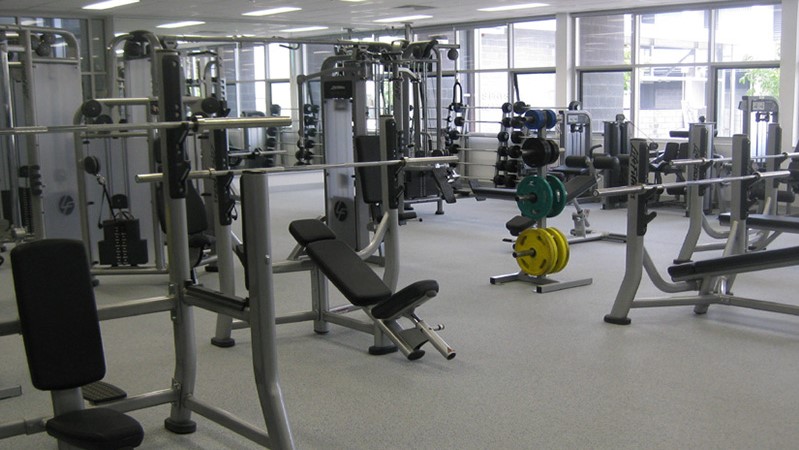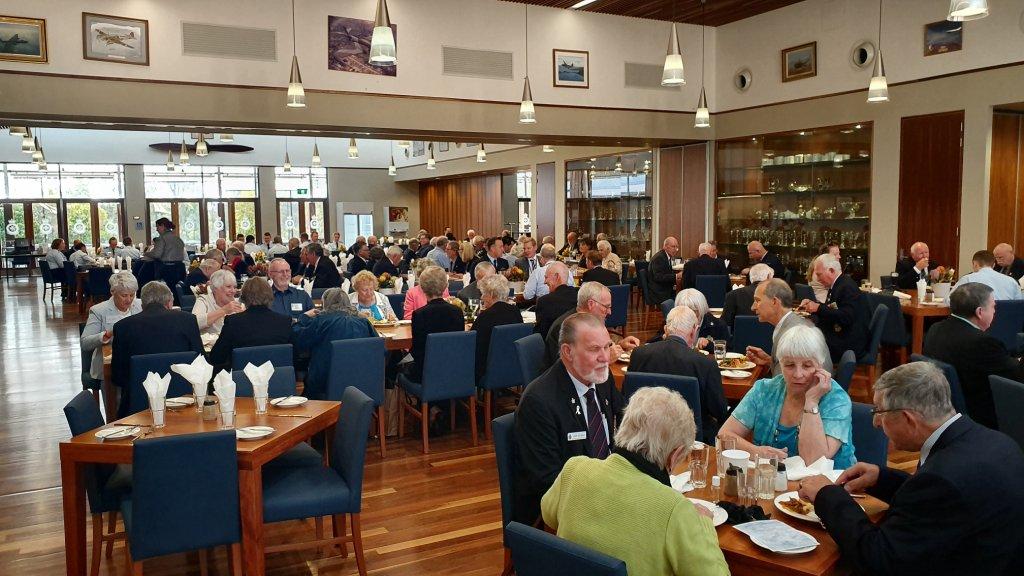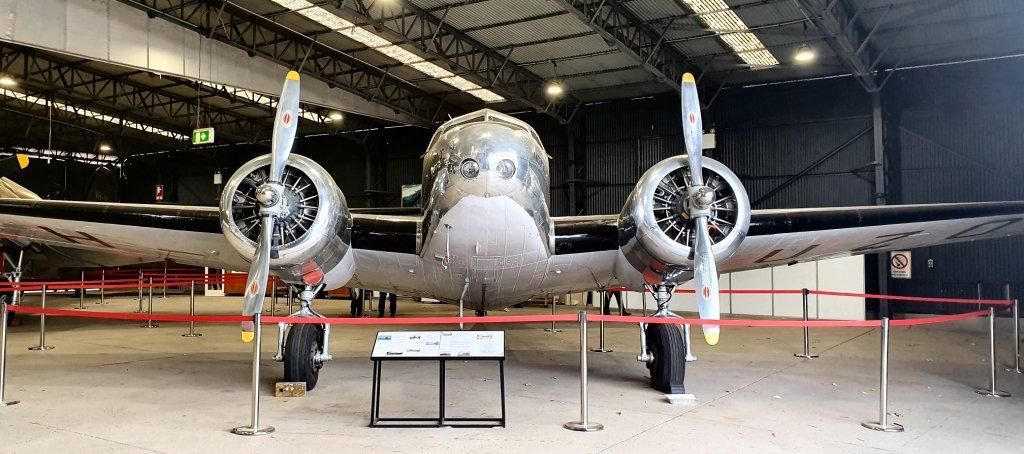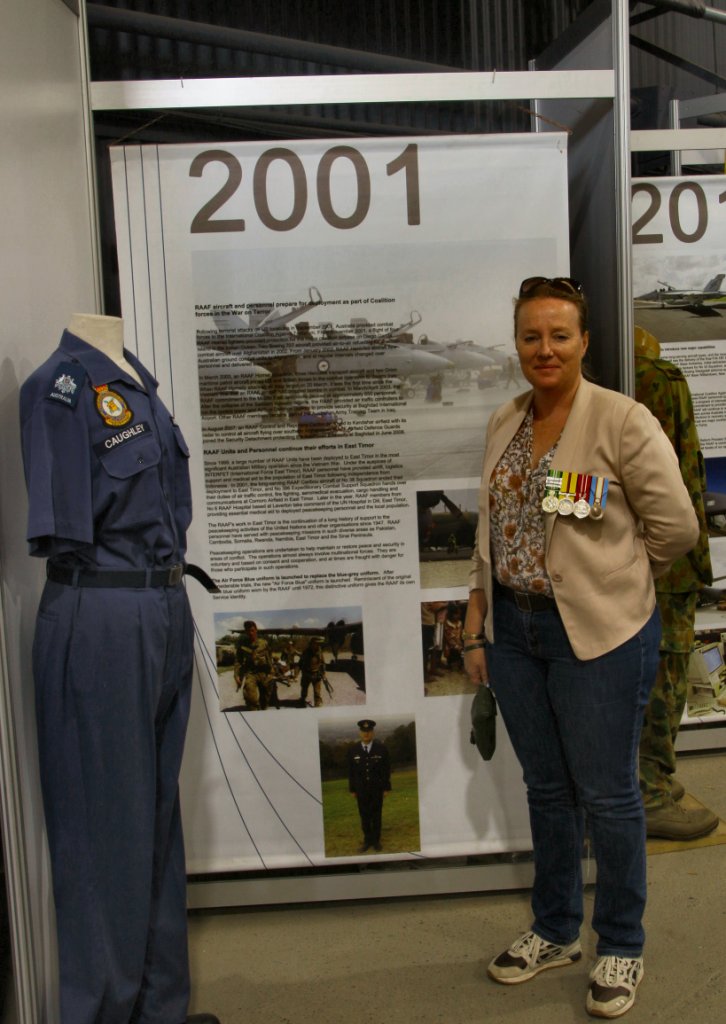|
|
|||
|
|||
|
Privacy Policy | Editorial Policy | Profit Policy | Join the Association | List of Members | Contact us | Index | Links |
|||
|
Back Go to page: 1 2 3 4 5 6 7 8 9 10 11 12 13 14 15 16 17 18 19 20 Forward
|
|||
|
|
|||
|
|
|||
|
Some of the photos on this page have been crunched to allow the page to open quicker. You can click those pics to get the HD version which you can download. |
|||
|
|
|||
|
Amberley Association Day 10 Sept 2019
On Tuesday the 10th September, 2019, 82 Wing at Amberley hosted the annual Association Day at the Memorial Garden, next to Canberra number 1 at the old front gate to the Base.
|
|||
|
Each RAAF base has at least one former RAAF aircraft at its main gate to provide a symbolic display of ‘guarding’ the main entrance, as well as providing a link between the base and the aircraft that operated there. The former main gate (and memorial garden) at Amberley has the first Canberra built in Australia as Amberley was the home of the Canberra fleet until that aircraft was replaced by the F-111. On the 9th June 2016 Amberley’s long and close association with the F-111 was recognised with the placement of a retired F-111 at the new entrance gate constructed as part of the base expansion program. The F-111 (A8-138) was chosen to be Amberley’s ‘Gate Guardian’, as it was the aircraft used as the test bed for the Pave Tack targeting system that provided an all-weather, day-and-night laser designation for laser-guided weapons fitted to the F-111 fleet.
The annual No. 82 Wing Association’s Day brought together more than 100 RAAF and Association members to reflect on the service of some of the Air Forces’ oldest and most distinguished bomber squadrons. The Associations Day commenced with a memorial service and laying of wreaths at the Memorial Garden to remember the fallen, after which those present were invited to morning tea which was served in the Officers’ Mess. Some time after morning tea was finished and cleaned away, Paul Lineham called everyone to order for the presentation of trophies to members of No 82 Wing for their outstanding performance in the last twelve months.
Air Combat Group commands all the Air Force’s fast-jet combat aircraft with three operational wings. Of these, No 82 Wing, located at Amberley is responsible for designated target strikes and reconnaissance, its units comprise No 1 and No 6 Squadrons (F/A-18F Super Hornets) at Amberley, while No 4 Squadron (Pilatus PC-9/A) operates from Williamtown.
Formed in August 1944 at Ballarat in Victoria, No. 82 Wing operated B-24 Liberator heavy bombers in the South West Pacific theatre of World War II. Initially comprising two flying units, Nos. 21 and 24 Squadrons, the wing was augmented by 23 Squadron in 1945.
Not long after being formed, the Wing was moved to Northern Territory and came under the control of the RAAF's North-Western Area Command. The wing's three flying squadrons identified themselves with black chevrons on the tail fins of their aircraft, No. 21's facing backwards, No. 23's downwards (right), and No. 24's forwards.
After the war its operational units became Nos. 1, 2 and 6 Squadrons. It re-equipped with Avro Lincolns in 1948 and, from 1953, the English Electric Canberra. Both types saw action in the Malayan Emergency during the 1950s; with the Canberras also deployed in Vietnam from 1967 to 1971.
Between 1970 and 1973, as a stop-gap pending delivery of the long-delayed F-111C, Nos. 1 and 6 Squadrons flew leased F-4E Phantoms. No. 2 Squadron continued to fly Canberras until it was disbanded in 1982. After taking delivery of their F-111Cs in 1973, Nos. 1 and 6 Squadrons operated the type for 37 years through numerous upgrades, augmented in the mid-1990s by ex-USAF G models. The forward air control unit joined No. 82 Wing in 2002. In 2010, the wing retired its F-111s and replaced them with Super Hornets as an interim force until the planned entry into Australian service of the F-35 Lightning II Joint Strike Fighter. Twelve Boeing EA-18G Growlers augmented the Super Hornet fleet in 2017.
Following the Japanese surrender in September 1945, No. 82 Wing's Liberators were converted to transports and used to repatriate RAAF personnel from the South West Pacific. Over the course of its wartime existence, the wing's personnel numbered between 3,000 and 5,000, of whom more than half were ground crew. Along with its flying squadrons, its complement included No. 24 Air Stores Park, No. 6 Repair and Servicing Unit, and No. 30 Medical Clearing Station.
82 Wing moved to its present location at Amberley in 1946, where it came under the control of the RAAF's Eastern Area Command. In May of that year, 482 (Maintenance) Squadron was formed from No. 4 Repair and Servicing Unit. Its flying complement now included Nos. 12, 21, and 23 Squadrons, but these were renumbered Nos. 1, 2 and 6 Squadrons respectively in February 1948. At the same time, the wartime Liberators were replaced by Avro Lincolns. During 1949–50, some of the Lincolns were specially modified with advanced radar and other instrumentation to participate in Operation Cumulative, a joint program with the Royal Air Force gathering long-range navigation and bombing data for use in potential air campaigns against the Soviet Union.
Between 1950 and 1958 the Lincolns of No. 1 Squadron were deployed for service in the Malayan Emergency, tasked with the prime responsibility for the Commonwealth's bombing campaign against Communist insurgents. This arrangement meant that No. 82 Wing's flying units were reduced to Nos. 2 and 6 Squadrons. From 1952 to 1957, the wing flew observation flights in connection with British atomic tests in Australia. No protective clothing was issued to air or ground crews during these flights and, following the second such operation in October 1953, nine of the twelve Lincolns involved were found to be contaminated, four so heavily that they were parked in a remote corner at Amberley and never flown again. On 9 April 1953, the wing wrote off three Lincolns in two separate incidents that collectively became known as "Black Thursday"; one of the Lincolns crashed on landing at Amberley during the day and that night another Lincoln collided with one of its brethren at Cloncurry Aerodrome, Queensland.
In December 1953, 82 Wing took delivery of the RAAF's first Canberra Mk.20, 48 of which re-equipped the wing's three squadrons over the next five years. The new aircraft were acquired partly for their capacity to deliver nuclear weapons, an ordnance option the RAAF seriously investigated but never implemented. Following the re-equipping of Nos. 2 and 6 Squadrons with the Canberra, a Lincoln Conversion Flight was formed in July 1955 under No. 82 Wing to provide training on the older bomber for crews preparing to deploy to Malaya for service with No. 1 Squadron; it disbanded in March 1956. Canberras from No. 2 Squadron relieved the Lincolns of No. 1 Squadron in Malaya during 1958. In January 1959, No. 1 (Bomber) Operational Conversion Unit (No. 1 OCU) was established at Amberley under the control of No. 82 Wing. Its role was to convert pilots and navigators to the Canberra, and train them for operations with the three bomber squadrons.
In 1964, No. 82 Wing's Canberras were slated for possible bombing and reconnaissance tasks against Indonesian forces under Operation Handover, a little-publicised contingency plan put into effect during the Indonesia–Malaysia Konfrontasi, although no combat ensued. No. 2 Squadron Canberras saw extensive action in Vietnam from 1967 to 1971. The Canberras flew almost 12,000 sorties and delivered over 76,000 pounds of bombs, for the loss of two aircraft to enemy action, and gained a high reputation for their accuracy. Nos. 1 and 6 Squadrons effectively ceased operations in 1968, while their crews underwent conversion to the F-111C, which was expected to enter service soon afterwards. Between 1970 and 1973, as an interim measure pending the delayed delivery of the F-111, Nos. 1 and 6 Squadrons flew leased F-4E Phantoms; meanwhile No. 2 Squadron continued to operate the Canberra, mainly for aerial survey work in Australia and Indonesia, until disbanding in 1982.
The Air Force retained the option to purchase the Phantoms if the F-111C program was cancelled. Though not as sophisticated an aircraft as the F-111, the Phantom was a significant advance over the Canberra, and was highly regarded by its RAAF crews.
On 1 June 1973, the OC 82 Wing, Group Captain Jake Newham, led the first F-111Cs in to land at Amberley. The Sqn was ordered to operate the F-111 with great caution initially, well within limits, lest the controversial aircraft suffer greater damage to its reputation through early attrition. Over its 37-year career with No. 82 Wing, the F-111 underwent numerous upgrades, including the Pave Tack infra-red and laser-guided precision weapons targeting system, Harpoon anti-shipping missiles, and advanced digital avionics. Roles within the wing were demarcated such that No. 1 Squadron was the lead strike unit, while No. 6 Squadron was primarily tasked with crew conversion training; No. 6 Squadron was also responsible for reconnaissance missions using specially modified RF-111Cs until these aircraft were transferred to No. 1 Squadron in 1996, and flew leased Learjets for survey work in 1982–87.
During 1982–83, four F-111s from the RAAF's original order that had been lost through accidents were replaced by four F-111As upgraded to C models. In 1992 an order was placed to augment the F-111C force with fifteen ex-USAF G models, to be operated by No. 6 Squadron.
82 Wing was awarded the Duke of Gloucester Cup as most proficient RAAF unit of 1994, in part for its success in introducing the F-111G with minimal additional staff. No. 482 Squadron merged with 3AD to form No. 501 Wing in March 1992.
In February 2002, 82 Wing came under the control of the newly established Air Combat Group (ACG) and put the Wing in charge of the strike capability of No. 81 Wing's F/A-18 Hornet fighters, based at Williamtown and the Forward Air Control Development Unit (FACDU), flying Pilatus PC-9s, was added to its strength. In 2007, the Australian government decided to retire all of the F-111s by 2010 and acquire 24 F/A-18F Super Hornets as an interim replacement, pending the arrival of the F-35 Lightning II JSF then under development. The F-111 fleet was considered to be at risk owing to fatigue issues and too expensive to operate as each aircraft required 180 hours of maintenance for every hour of flying time. 82 Wing began re-equipping with the Super Hornet in 2010 and the last F-111s were retired on 3 December that year.
In May 2013, the Federal government announced plans to purchase twelve Boeing EA-18G Growlers to supplement the Super Hornet fleet and 6 Squadron began taking delivery of the Growlers in 2017, and its Super Hornets were transferred to No. 1 Squadron.
|
|||
|
A policeman came to my house and asked me where I was between 4 and 5. I don't think kindergarten was the right answer.
|
|||
|
On the 10th September, people began to assemble at the Contractor’s Pass Office car park, on Hansen Rd, from where they were bused to the Memorial Garden for the ceremony. A bunch of RAAF “Volunteers” (a pooly’s job in days gone by) had erected a number of marquees and a heap of very welcome plastic chairs for visitors.
|
|||
|
|
|||
|
|
|||
|
Pic - Cpl Jesse Kane, RAAF Images |
|||
|
|
|||
|
|
|||
|
Chaplain Dan Bigg opened the ceremony shortly after 10.00am, offered prayers for those fallen then introduced the OC of 82 Wing, Group Captain Stephen Chappell, DSC, CSC, OAM.
|
|||
|
Stephen Chappell joined the RAAF in January 1993. After graduating from the Australian Defence Force Academy, he completed pilot training and F/A-18 operational conversion and was posted to 75 Squadron. After qualifying as a Fighter Combat Instructor in 2001, he was posted to No. 2 Operational Conversion Unit (OCU), which included an attachment to 75 Squadron for Operation Falconer. Later postings included:
In January 2014, he was appointed Commanding Officer No. 1 Squadron at Amberley, which included deployment on Operation OKRA in 2014.
Group Captain Chappell is a graduate of the Australian Command and Staff College. He has a Masters of Military and Strategic Studies.
|
|||
|
What others see as baldness, I still see as wide parting.
|
|||
|
Chaplain Dan Bigg then called on those who wished to lay a wreath at the memorial.
|
|||
|
AVM (Ret’d) David Dunlop laid a wreath on behalf of the Aircrew Association, Sunshine Coast Branch.
|
|||
|
|
|||
|
|||
|
|
|||
|
The Last Post and Rouse were played by Flt Lt Steve Finch, OAM.
Stephen Chappell then invited everyone to the Officers’ Mess for morning tea, for presentation of trophies then to enjoy lunch in the Mess.
|
|||
|
FSgt Susan Mallett had organised the event and as usual, everything ran smoothly and without a hitch. She’s obviously done it before.
|
|||
|
At first everyone enjoyed an expansive morning tea, some chatted with serving members, others amongst themselves, some just sat and enjoyed the atmosphere and after half an hour or so, Paul Lineham got the Award Ceremony underway.
|
|||
|
Doug Pickering (left) the President of the 2 Sqn Association presented the 2 Sqn trophy to Flt Lt Sanjay Vinoharan who was not available to accept it. The award was accepted on his behalf by SqnLdr Dominic Pace. Stephen Chappell looks on.
|
|||
|
Sgt Matthew Mott (centre) was awarded the Path Finder Force Association (Qld) trophy by Sqn Ldr Jasper McCaldin and Gary Vial.
|
|||
|
After the award ceremony, with a few minutes to spare before being called into lunch, we had a look at the base gym. What a magnificent facility, it has everything, including a 50 metre indoor pool. Whereas years ago, blokes (and blokettes) would hit the boozer, today they hit the gym. And it shows, today’s Air Force is a lot fitter than ours.
|
|||
|
|
|||
|
|
|||
|
|
|||
|
|||
|
|
|||
|
Not long after midday, everyone filed into the serving area for a wonderful meal. Amberley is one of only 3 RAAF bases, Tindal and Darwin being the other two, which still employs RAAF cooks, all other Messes are tendered out. And it shows, Amberley people eat well, Amberley’s cooks have pride of presentation top of mind, not cost of presentation. Not that other Bases don’t eat well, they definitely do, but to other Mess staff it’s a job, at Amberley it’s being part of the team.
Click HERE for the day’s menu.
After lunch, those that wished were bused to the magnificent Amberley Aviation Heritage Centre.
|
|||
|
Lockheed Electra.
|
|||
|
This particular aircraft was built by Lockheed in 1937 and delivered to Ansett Airlines. It was registered as VH-UZO. During WW2, it was leased to the USAAF and flew mainly along the east cost of Australia. In Dec 1944 it was badly damaged in a forced landing near Tumut in NSW and was trucked down to Essendon for repairs. In Sept 1945, after repairs, it resumed operations with Ansett.
Ansett sold the aircraft in 1951, after which is had several owners until 2002 when it was struck off the register, restored and eventually ended up at Amberley in May 2019.
|
|||
|
The museum has summary boards of all major wars and conflicts and crisis support missions. This board discusses the Middle East and East Timor RAAF involvements of the 1990's.
The veteran pictured is retired SGT Vannessa Patterson.
|
|||
|
|
|||
|
|
|||
|
|

